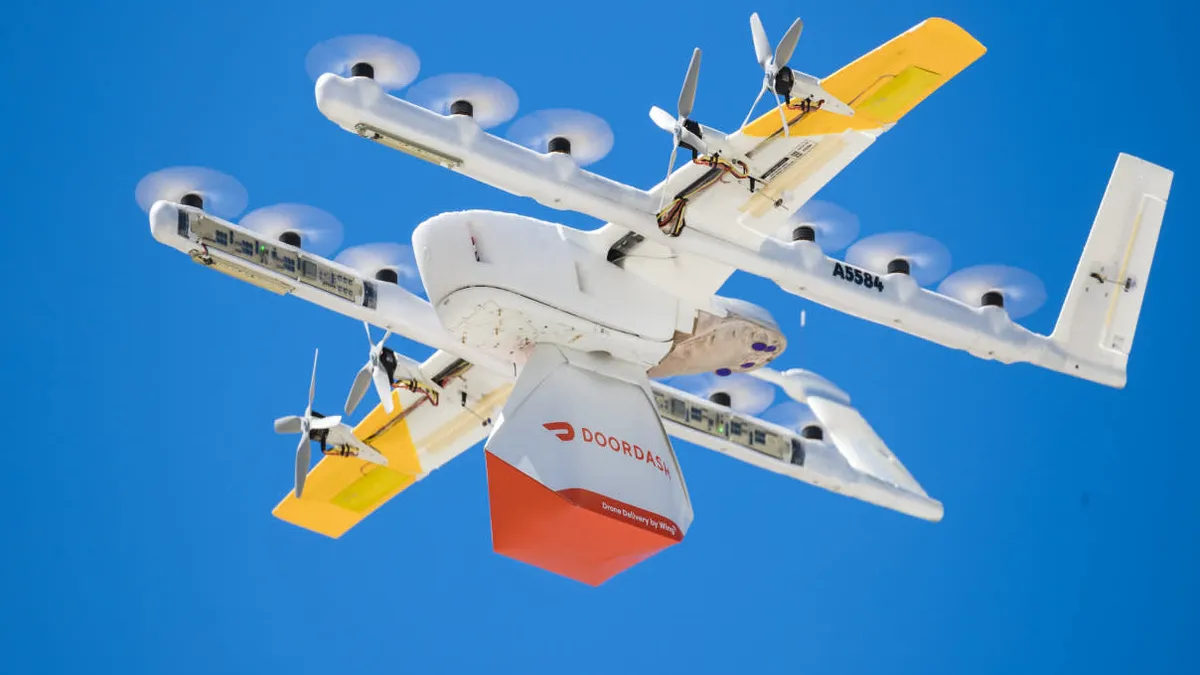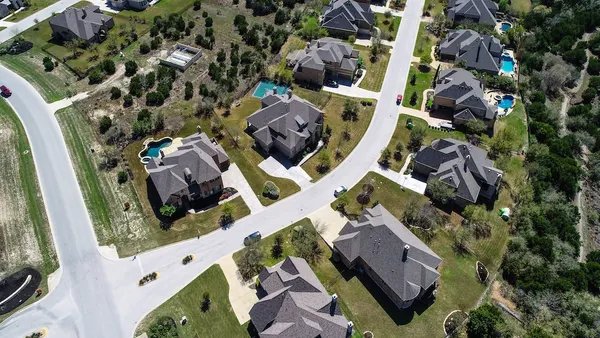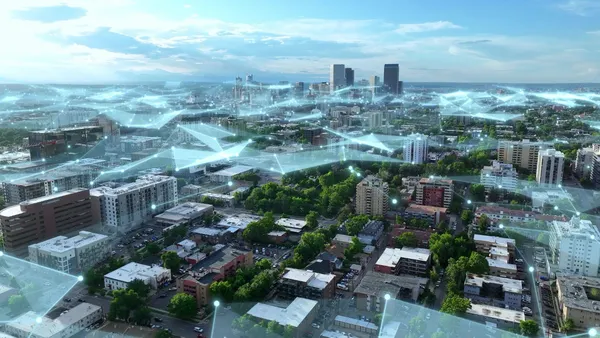Editor's Note: The following is a guest post from Sujai Hajela, CEO and co-founder of Mist.
As a 28-year veteran of the networking industry, I’m amazed by the advances that artificial intelligence (AI) is bringing to the field. In fact, the combination of AI and the latest wireless technologies has become one of technology’s most potent one-two punches, shaping innovation across several industries and improving our daily lives, whether we’re traveling, staying at a hotel, shopping or visiting a hospital.
Punch one: Wherever you go, the Bluetooth Low Energy (BLE) capabilities that Apple and Google have standardized in their mobile devices put out unique signals that can interact with beacons on the walls to deliver personalized experiences based on one’s location.
Punch two: AI technologies like unsupervised machine learning are eliminating the expensive, time-consuming and inefficient process in which humans physically survey the radio frequency (RF) environment in indoor spaces to determine where to place beacons and manually calibrate them. Instead, virtual BLE (vBLE) devices have replaced battery-powered ones, enabling automatic configuration via software and continuous updating of the RF environment in real time.
And just as all AI technologies — whether it’s Netflix’s predictive "shows-you-might-like" algorithm or Tesla’s self-driving car — learn how to handle fluid environments and get smarter over time, AI-driven wireless networks with vBLE ensure a richer and more reliable connectivity experience for mobile users.
Machine learning in the cloud delivers location estimates with 1- to 3-meter accuracy and sub-second latency, making location-based applications like wayfinding and proximity notifications reliable and cost effective. In addition, AI analyzes wireless user behavior and detects trends so Wi-Fi issues are proactively found and addressed before users even know they exist.
It’s still relatively early days for these AI-driven wireless technologies, but new use cases are proliferating and the results are exciting.
Here are four examples of how these powerful capabilities are already showing up in everyday life:
1. Hotels: At Tokyo’s Henn Na Hotel, guests are greeted by multi-lingual robots that help them check in and out and that uses face recognition to replace keys.
That’s just one example of how the hospitality industry is using AI-enabled technology to deliver futuristic experiences to guests. Remember that mix of wireless beacon technology, the BLE capabilities in smart phones and machine learning I talked about? It can be turned into a personal guide for guests that gives them information such as the distance of the walk to a meeting room, restaurant locations and the availability of good local deals.
New AI-powered wireless platforms also can solve an all-too-familiar problem in huge hotels and resorts: bad Wi-Fi. These new platforms are smarter about usage patterns and are able to troubleshoot issues to provide more consistent, dropout-free Wi-Fi.
AI-driven wireless can even analyze guest traffic patterns and other information to help hotels get a read on which areas are the busiest and need the most staffing.
2. Hospitals: No one likes going to the hospital, whether they’re a patient or visitor. Hospitals increasingly are taking cues from hotels and theme parks to make the outward facing portion of the hospital more friendly and "home-like." For some, that means providing more predictable and reliable Wi-Fi to guests and enabling them to navigate around their facilities with turn-by-turn directions. The technology also is being used to inform patients about the dates, times and locations of various health programs, such as smoking cessation classes and the availability and location of flu shots.
Innovative hospitals also are using BLE to send a patient’s location and data to a doctor’s phone when there is an emergency, saving precious time.
The Jewish Hospital — Mercy Health in Cincinnati is one of the hospitals nationwide taking advantage of the new technology. It has installed beacons that can communicate with patients’ and visitors’ smart phones and help them navigate the facility.
3. Airports: Other than the ability to check in, download a boarding pass and receive flight updates on our smartphones, technology hasn’t changed the air travel experience much in the last decade. But BLE and AI will be bringing big improvements for years to come.
Already, several airports around the world — including San Francisco International — are using smart-sensor-based technology to help guide drivers to the nearest open spaces. The TSA’s My TSA app gives users an idea of other travellers’ wait times at security checkpoints.
The technology will just get better in the coming years. Before a passenger leaves home for the airport, for example, AI systems can predict how many spaces will be open at the parking garage, and which of the traveler’s favorite ones may be available. While apps currently exist to track which spaces are open at a fixed moment in time, AI will tell you the likelihood of finding a space in a particular spot at the beginning of the trip and recommend alternatives.
On the way to the airport, BLE technology combined with AI will show the length of security lines, help a passenger navigate the terminal to find the closest lunch spot, estimate walking time to the gate and provide notifications of deals in terminal stores.
Thanks to emerging technologies, we may soon actually start looking forward to our trips to the airport.
4. Retail: To remain relevant in the digital era, many smart retailers are turning to wireless and AI technology to provide a more personalized, convenient and immersive experience.
For example, Meijer, a supercenter chain in the Midwest, is leveraging the latest wireless technology to provide customers, through its mobile app, in-store maps that help them find products, the ability to create and check off shopping list items, alerts about sale items and other incentives, and even a gas pump recognizing a customer’s phone and processing the payment for the fill-up.
Target is rolling out beacon and BLE technology for what it calls "GPS for your shopping cart" — a Google Maps-type interface to help shoppers navigate stores and find products. Using the Target app, customers can click on an item on their list and then see its location and whether it’s on sale.
As the innovation in these four industries shows, the sky’s the limit of what’s possible with advances in wireless technology. Seeing where it all goes in the coming years will be a lot of fun.

















